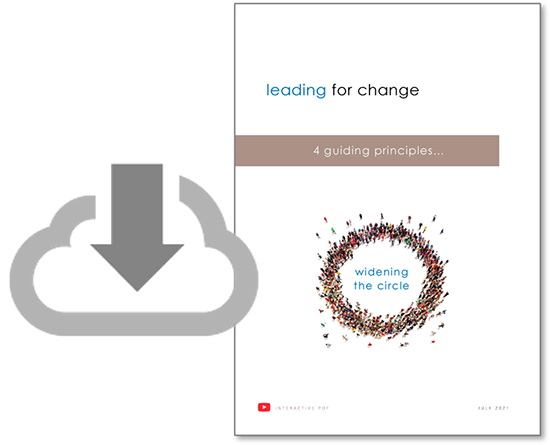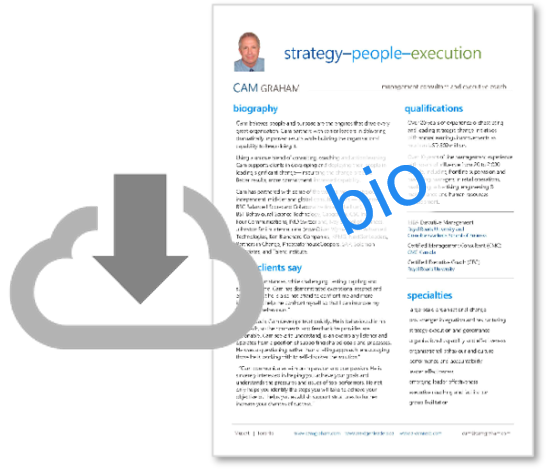
how hard can it be?
The stakes are high when we promise big change and significantly improved results. In addition to hard results and reputations—people's long-term pride, confidence and commitment are also at stake. Second chances are incredibly difficult to orchestrate.
Organisational transformations have been tracked, studied and retooled for over 50 years, and yet, only 20 percent deliver what they promise. Despite senior leader confidence, acclaimed university analysis and elite consulting firm remedies, this success rate remains unchanged. why?
Change efforts typically begin with what questions—what needs to change? what do we want to do? what can we do? what should we do? ...let's go!
People are busy—but they are moving in different directions, resources are diverted into endless initiatives that have questionable benefits, and early momentum washes away as old habits resurface.
Asking why–who–how before deciding what to do, easily doubles our personal effectiveness—pulling people towards a bigger sense of purpose. This multiplier effect grows exponentially when exercised across teams, organisations, schools, communities—wherever people learn and work together.
When people answer these 4 big questions in everything they do, they generate focus, commitment and breakthrough results—today and well into the future...
why do we need to change?
who needs to do something differently?
how will we help people align and commit?
who needs to do what by when?
hidden assumptions
2
Human systems behave in ways that are counter-intuitive for many of us. Surfacing and testing our hidden assumptions about how change works, can be the difference between success and failure.
Even when we adopt a proven change methodology, many of the core assumptions managers embrace during steady-state, coupled with the hundreds of micro-decisions they make every week, can easily push our change effort off course.
Here are some of the more common flawed assumptions when leading significant change…
- we must have tangible solutions before we engage our stakeholders
- when times are tough, we simply need to tell people what to do, and they will comply
- updating our structure, procedures and systems will deliver the results we need
- project management is the key—plan, roll-out and monitor progress until completion
Solution–Implementation paradigms almost always hit a human wall of resistance. Traditional change management kicks in as we attempt to convince people our solution is the best way to go. At best, a majority of people comply with our directives—mediocre results follow.
New assumption: inviting people to do something differently so they produce better results. Improving results and outcomes becomes our collective goal. Solutions become the tools people identify and use as they lead for change.
join the 20 percent club
visit camgraham.com on your
tablet or desktop for more details

YouTube 2:50 minutes
YouTube 1:50 minutes
YouTube 8:13 minutes
YouTube 4:20 minutes

